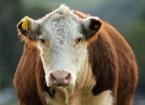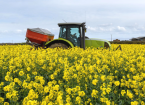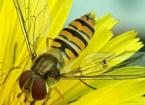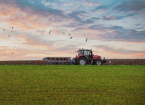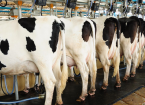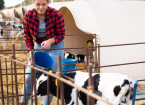Energy Efficiency and Fuel Savings on Beef and Sheep Farms
Lighting, milling, and grain drying contribute the most to energy consumption on Beef & Sheep farms.
A significant amount of diesel is also used for heating equipment and farm vehicles.
This module focuses on these main energy-using processes and provides...

